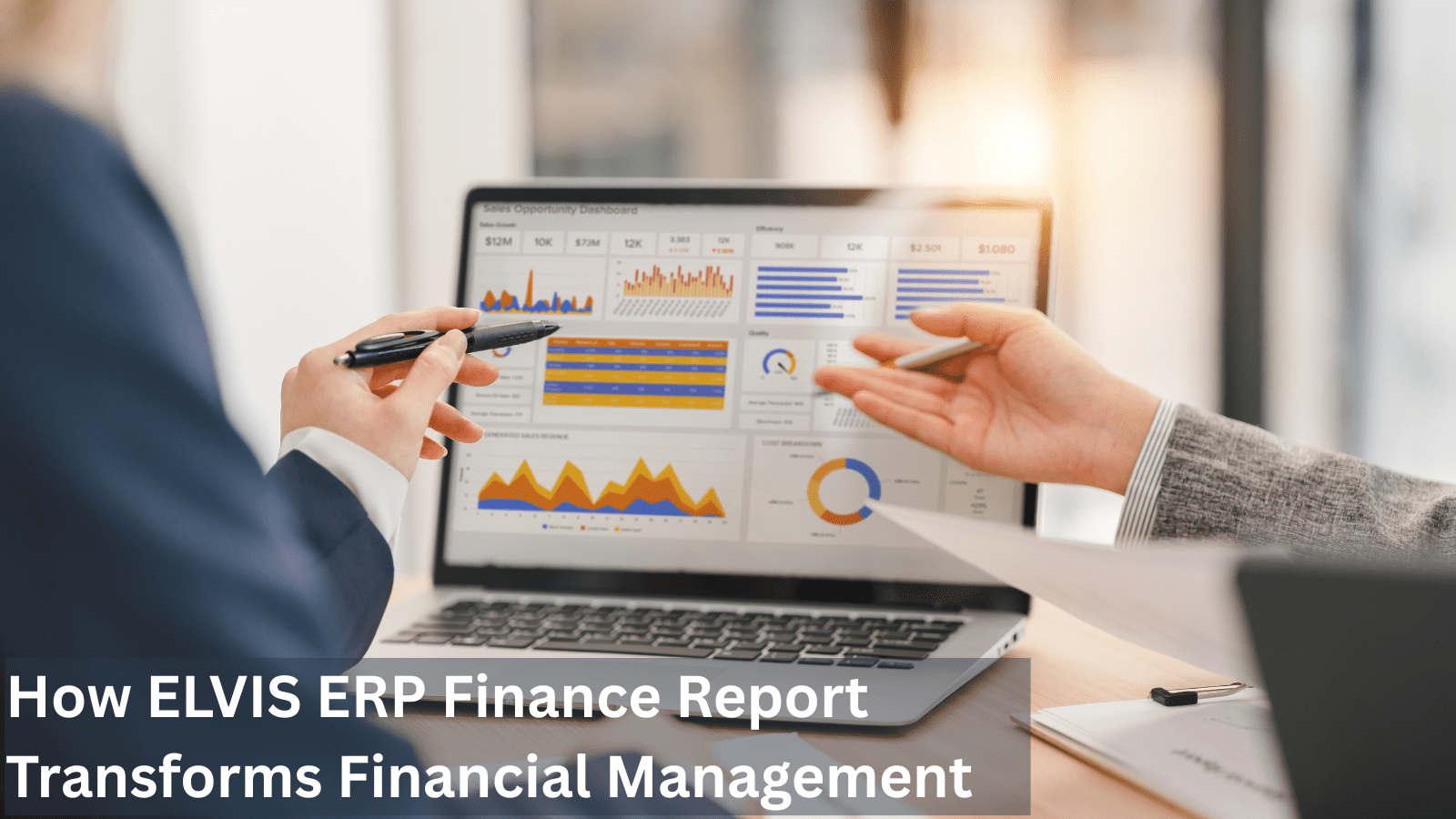Introduction
In the vast world of customer data management, two acronyms are often used – CRM and CDP. Customer Relationship Management (CRM) and Customer Data Platform (CDP) serve distinct purposes but share a common goal: helping businesses understand and serve their customers better.
Through this blog post, we intend to understand the key features of both and how they differ from one another.
Understanding CRM (Customer Relationship Management)
CRM is like a digital diary for businesses, keeping track of every interaction they have with customers. It’s the go-to tool for managing customer relationships, from tracking sales leads to resolving support tickets.
Key Features of CRM
Customer Information Centralization: CRM centralizes customer information, providing a 360-degree view of interactions across various touchpoints.
Sales and Marketing Integration: It helps in aligning sales and marketing efforts, ensuring a seamless customer experience from lead generation to conversion.
Task and Activity Management: CRM assists in managing tasks and activities related to customer interactions, improving workflow efficiency.
Understanding CDP (Customer Data Platform)
CDP, on the other hand, pulls together data from various sources to create a unified customer profile. It goes beyond CRM by consolidating data from both online and offline sources, offering a holistic view of the customer journey.
Key Features of CDP
Data Integration: CDP integrates data from multiple sources, such as websites, mobile apps, and offline channels, providing a comprehensive customer profile.
Real-time Data Updates: It ensures real-time updates, allowing businesses to stay current with customer behaviors and preferences.
Segmentation and Personalization: CDP enables targeted marketing by segmenting customers based on their behavior, creating personalized and effective campaigns.
CRM vs. CDP: Unraveling the Differences
While both CRM and CDP contribute to customer-centricity, they serve different purposes:
Scope of Data
CRM: Focuses on customer interactions and transactions within the business.
CDP: Gathers data from a broader spectrum, including online and offline channels, to create a unified customer profile.
Real-time Insights
CRM: Provides real-time insights into customer interactions within the business.
CDP: Offers real-time updates by aggregating data from various sources, providing a more dynamic view of customer behavior.
Integration
CRM: Integrates sales, marketing, and customer service processes within the business.
CDP: Integrates data from diverse sources to create a comprehensive customer profile but doesn’t handle internal business processes like CRM.
Choosing the Right Fit
When to Use CRM
Use CRM when focusing on managing customer interactions, sales, and internal processes.
Ideal for businesses with a primary goal of improving customer relationships within their existing ecosystem.
When to Use CDP
Use CDP when seeking a holistic view of customer data from various touchpoints.
Ideal for businesses aiming to create personalized and targeted marketing strategies based on a comprehensive understanding of customer behavior.
Conclusion
In the CRM vs. CDP debate, there’s no one-size-fits-all answer. The choice depends on the specific needs and goals of a business. Whether you opt for CRM or CDP, the ultimate objective is to enhance customer relationships and create memorable experiences. So, embrace the tools that align with your business’s unique journey toward customer-centric success.
Frequently Asked Questions on CRM vs. CDP
What is the primary purpose of CRM (Customer Relationship Management)?
The primary purpose of CRM is to manage and improve customer relationships. It serves as a digital diary for businesses, organizing customer interactions, tracking sales leads, and streamlining support processes.
What are the key features of CRM?
The key features of CRM include customer information centralization, integration of sales and marketing efforts, and task and activity management related to customer interactions.
How does CRM contribute to customer-centricity?
CRM contributes to customer-centricity by providing a 360-degree view of customer interactions, aligning sales and marketing efforts, and improving workflow efficiency in managing customer relationships.
What is the primary purpose of CDP (Customer Data Platform)?
The primary purpose of CDP is to create a unified customer profile by aggregating data from various online and offline sources. It goes beyond the scope of CRM by offering a holistic view of the customer journey.
What are the key features of CDP?
The key features of CDP include data integration from multiple sources, real-time data updates, and segmentation for personalized marketing campaigns based on comprehensive customer profiles.
How does CDP differ from CRM in terms of data scope?
CRM focuses on customer interactions and transactions within the business, while CDP gathers data from a broader spectrum, including online and offline channels, to create a unified customer profile.
What insights does CRM provide in terms of customer interactions?
CRM provides real-time insights into customer interactions within the business, helping manage sales, marketing, and customer service processes.
How does CDP offer a more dynamic view of customer behavior compared to CRM?
CDP offers a more dynamic view by aggregating data from various sources in real time. This includes online and offline channels, providing a comprehensive and up-to-date understanding of customer behavior.
When should businesses use CRM?
Businesses should use CRM when focusing on managing customer interactions, sales, and internal processes. It is ideal for improving customer relationships within the existing business ecosystem.
When should businesses opt for CDP?
Businesses should opt for CDP when seeking a holistic view of customer data from various touchpoints. It is ideal for creating personalized and targeted marketing strategies based on a comprehensive understanding of customer behavior.








